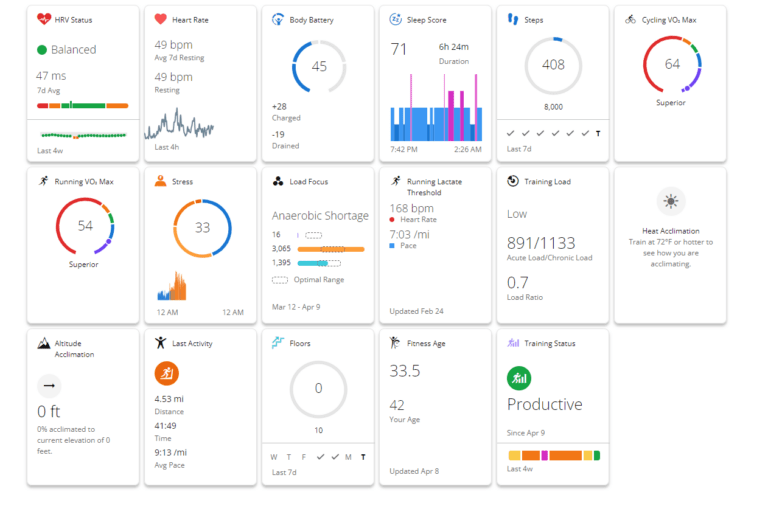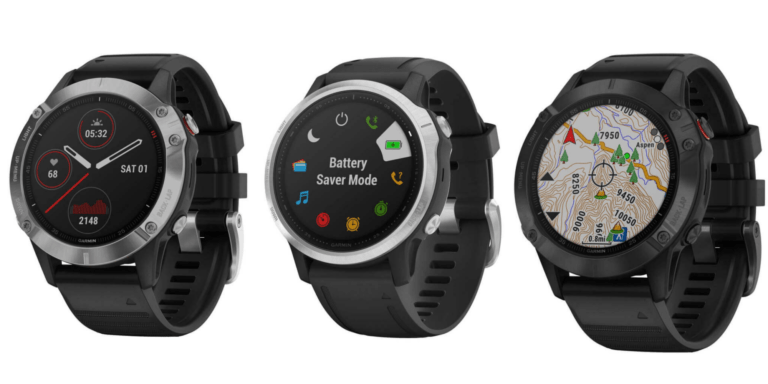Any links to online stores should be assumed to be affiliates. The company or PR agency provides all or most review samples. They have no control over my content, and I provide my honest opinion.
MediaTek has launched a lot of chipsets recently, some of which look set to shake up the mobile chipset market, while others look like a waste of time with old chipsets being rebadged as new ones with minor tweaks.
This year, the Dimensity 1000 and Dimensity 1000L are definitely two of the chipsets to keep out eyes on, but what about the mid-range market?
MediaTek has recently announced multiple chipsets targeting the lower-mid to mid-range of the market including the Helio P95 and two new G-series chipsets the Helio G80 & G70.
Then there is the Dimensity 800 which would sit on the upper mid-end of the market with its closest competitor being the Snapdragon 765G. This is expected to be the affordable 5G chipset from Mediatek, though the Dimensity 1000L could also cover that role.
Unfortunately, we probably won’t see a phone with the Dimensity 800 until later in the year, and we are still waiting for someone to launch a full fat Dimensity 1000 based phone.
So how does this years mid-range chipset compare with last years superb MediaTek Helio G90t? And what about the latest Helio P95 which features in the mid-range Oppo Reno3 Pro?
Fabrication Process
The MediaTek Dimensity 800 moves to a 7nm fabrication process putting it in line with most other mid-range and high-end chipsets for this year.
The MediaTek Helio G90t uses 12nm FinFET which at launch put it a step behind the likes of the Snapdragon 730G, however, it didn’t seem to hold it back in terms of performance or battery.
The MediaTek Helio P95 also uses the 12nm FinFET process.
CPU
MediaTek appears to buck the trend in what is a mid-range chipset, the Dimensity 800 adopts a 4×4 design which is typically associated with flagship chipsets. Unlike its bigger brothers, this uses the slightly older Arm Cortex A76 architecture which was used in all the flagship devices of 2019.
So with this, you get:
- 4x Cortex A76 @ 2.0GHz
- 4x Cortex A55 @ 2.0GHz
That is a significant upgrade from the Mediatek Helio G90t which uses a more traditional approach of 2×6 with:
- 2x Cortex A76 @ 2.05GHz
- 6x Cortex A55 @ 2.0GHz
With the Helio P95 you get:
- 2x Cortex-A75 @ 2.2 GHz
- 6x Cortex-A55 @ 2GHz
The A76 cores are claimed to offer a 35% improvement in benchmarks over the A75 found on the Helio P95.
GPU – Mali-G57 vs Mali G76
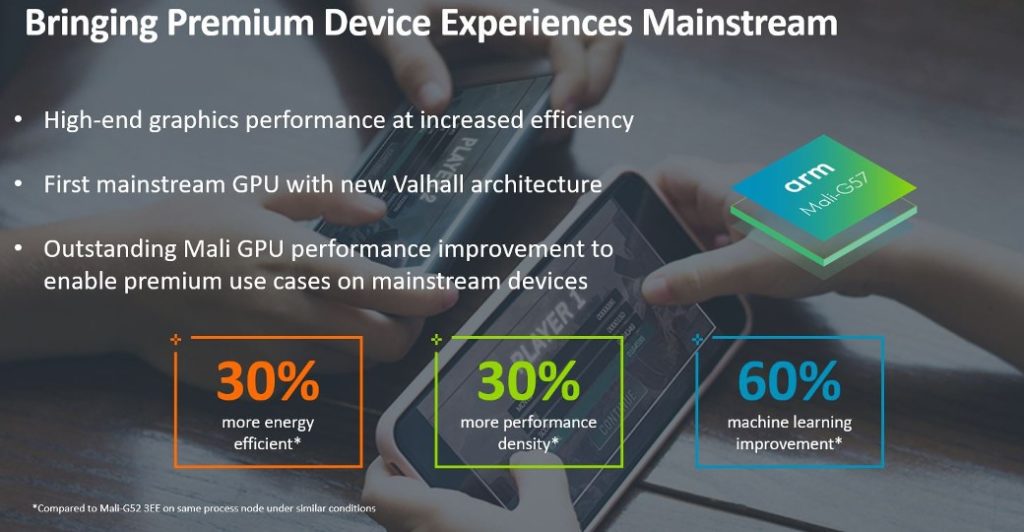
The GPU of the Dimensity 800 uses the Mali-G57 with four processors at an undisclosed frequency. This GPU was announced back in October 2019 and is a mid-range focussed GPU compared to the G77 found on flagships. Arm claim it offers 30% performance improvement over the G52 it replaces.
This is combined with MediaTek’s HyperEngine gaming technology to provide a “no-compromise” gaming experience, and on paper, this particular GPU implementation should be competitive with the Snapdragon 765G’s Adreno 620 GPU.
The Mediatek Helio G90t has a Mali G76 with 4 cores @ 800MHz so this is a flagship GPU but from last year. This GPU allowed the Helio G90t to outperform its competitors in many benchmarks last year, so it will be interesting to see how the new mid-range Mali-G57 compares to this.
The MediaTek Helio P95 has the IMG PowerVR GM 9446 @ 970 MHz this is the same GPU found in the Helio P90 which launched towards the end of 2018.
Connectivity
Normally I wouldn’t bother too much about connectivity when comparing chipsets, but the Dimensity 800 is a 5G capable chipset while the others are not.
The Dimensity 800 series is designed for global sub-6GHz 5G networks that are being deployed with increasing coverage throughout Asia, North America and Europe during 2020.
Currently, there is no mention of the Dimensity 800 being Wi-Fi 6 equipped or not. Considering they haven’t mentioned it, I am inclined to say it won’t be.
Both the Helio G90t and Helio P95 are 4G/LTE based chipsets and they both use Wi-Fi 5.
Other Features – AI
With the Dimensity 800 5G, you get MediaTek’s APU 3.0 (AI Processing Unit). This has four cores uniquely consisting of three different core types in its design, the 800 series provides up to 2.4TOPs performance. MediaTek’s APU HW design is more efficient and more powerful for FP16, delivering the most precise AI-camera results.
The MediaTek Helio G90t specification doesn’t provide too much detail about the AI but it does state:
Through a mix of the G90’s 2X APU hardware and its powerful CPU and GPU cores there’s a total of 1TMACs
I don’t know why they switch from MAC to Flop but assuming all other things are equal 1TMAC should be 2TOPs (I think).
With the new MediaTek Helio P95, it gets the APU 2.0 which will offer a 10% uplift from the old APU found on the P90.
The P90 apparently offered up to Up to 1165GMAC/s which I assume is 1.16TMACs
Benchmarks – Geekbench & Antutu
Currently, there are no benchmarks for the Dimensity 800, and with it using the new Mali-G57 it will be hard to guess based on other chipsets.
Similarly, the P95 hasn’t been benchmarked, but it is identical to the P90 apart from the 10% improved AI, so it should perform the same.
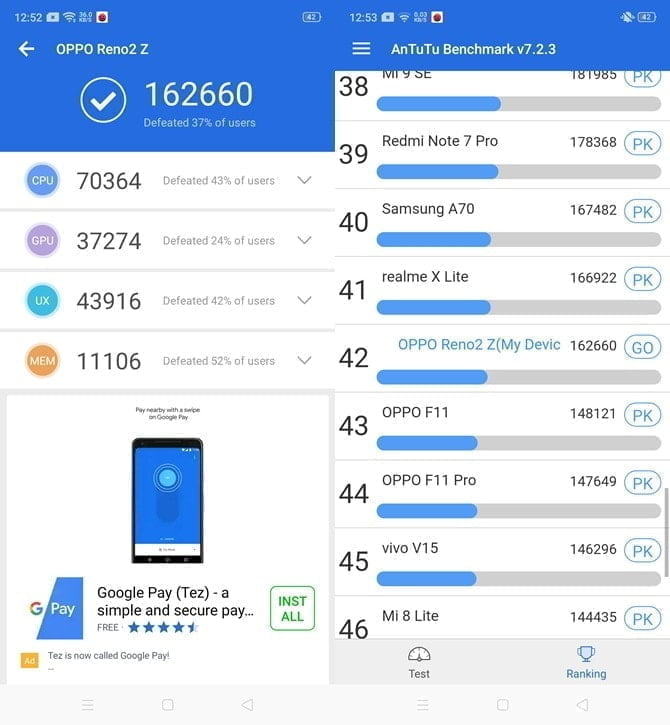
For Geekbench that would give us:
- MediaTek Dimensity 800 – ??
- MediaTek Helio G90t – 504/1641
- MediaTek Helio P95(P90) – 377/1474
For Antutu we have:
- MediaTek Dimensity 800 – ??
- MediaTek Helio G90t – 281295
- MediaTek Helio P95(P90) – 162660
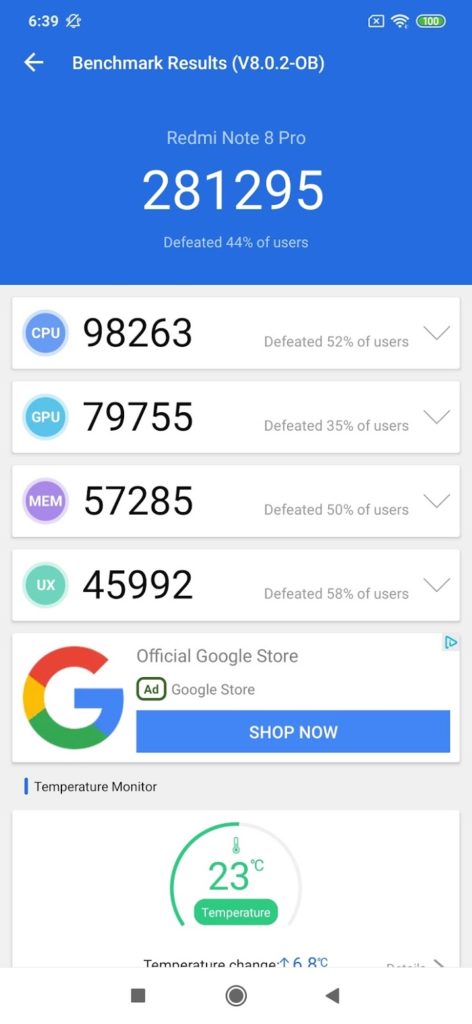
I am James, a UK-based tech enthusiast and the Editor and Owner of Mighty Gadget, which I’ve proudly run since 2007. Passionate about all things technology, my expertise spans from computers and networking to mobile, wearables, and smart home devices.
As a fitness fanatic who loves running and cycling, I also have a keen interest in fitness-related technology, and I take every opportunity to cover this niche on my blog. My diverse interests allow me to bring a unique perspective to tech blogging, merging lifestyle, fitness, and the latest tech trends.
In my academic pursuits, I earned a BSc in Information Systems Design from UCLAN, before advancing my learning with a Master’s Degree in Computing. This advanced study also included Cisco CCNA accreditation, further demonstrating my commitment to understanding and staying ahead of the technology curve.
I’m proud to share that Vuelio has consistently ranked Mighty Gadget as one of the top technology blogs in the UK. With my dedication to technology and drive to share my insights, I aim to continue providing my readers with engaging and informative content.


